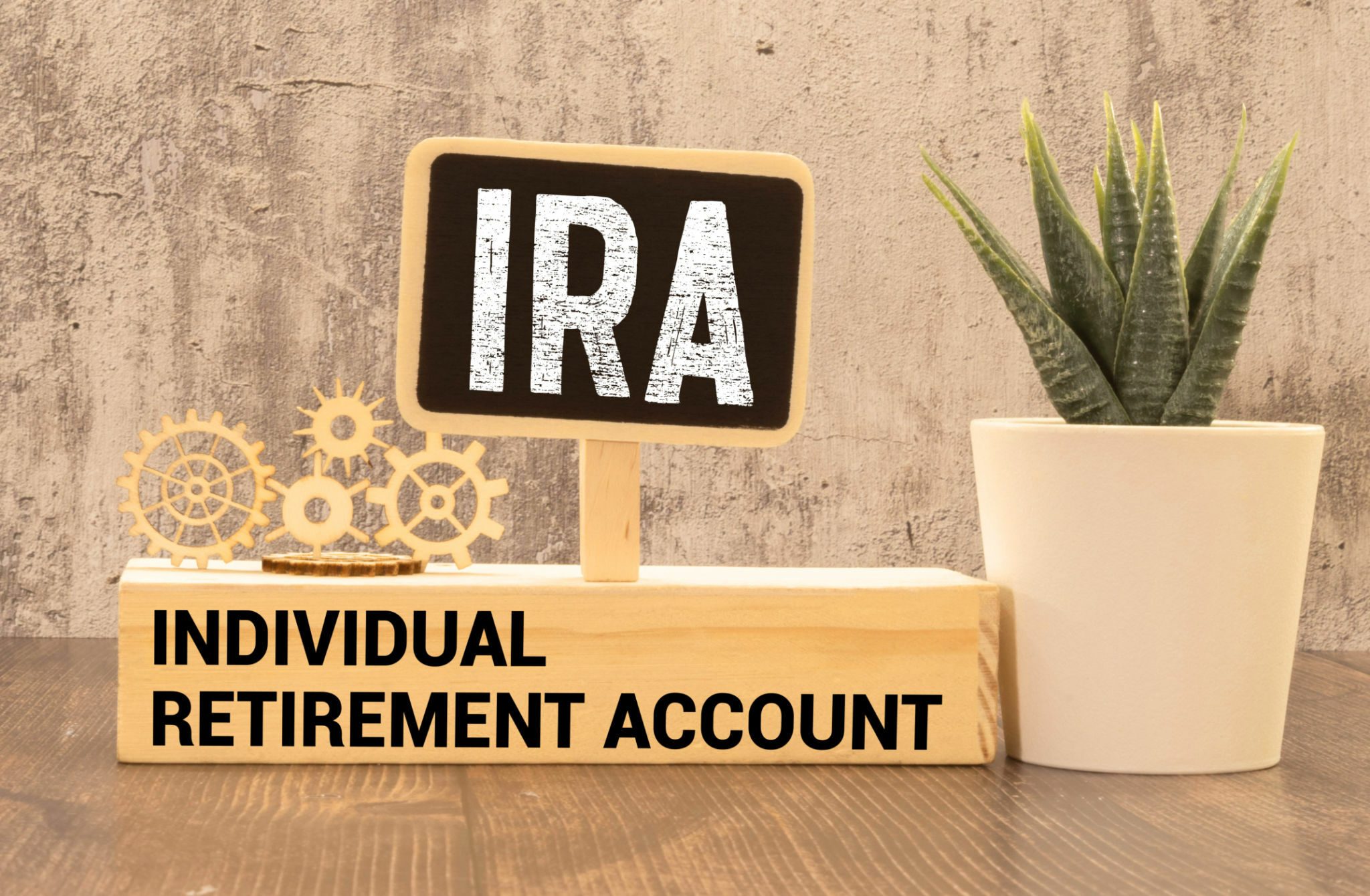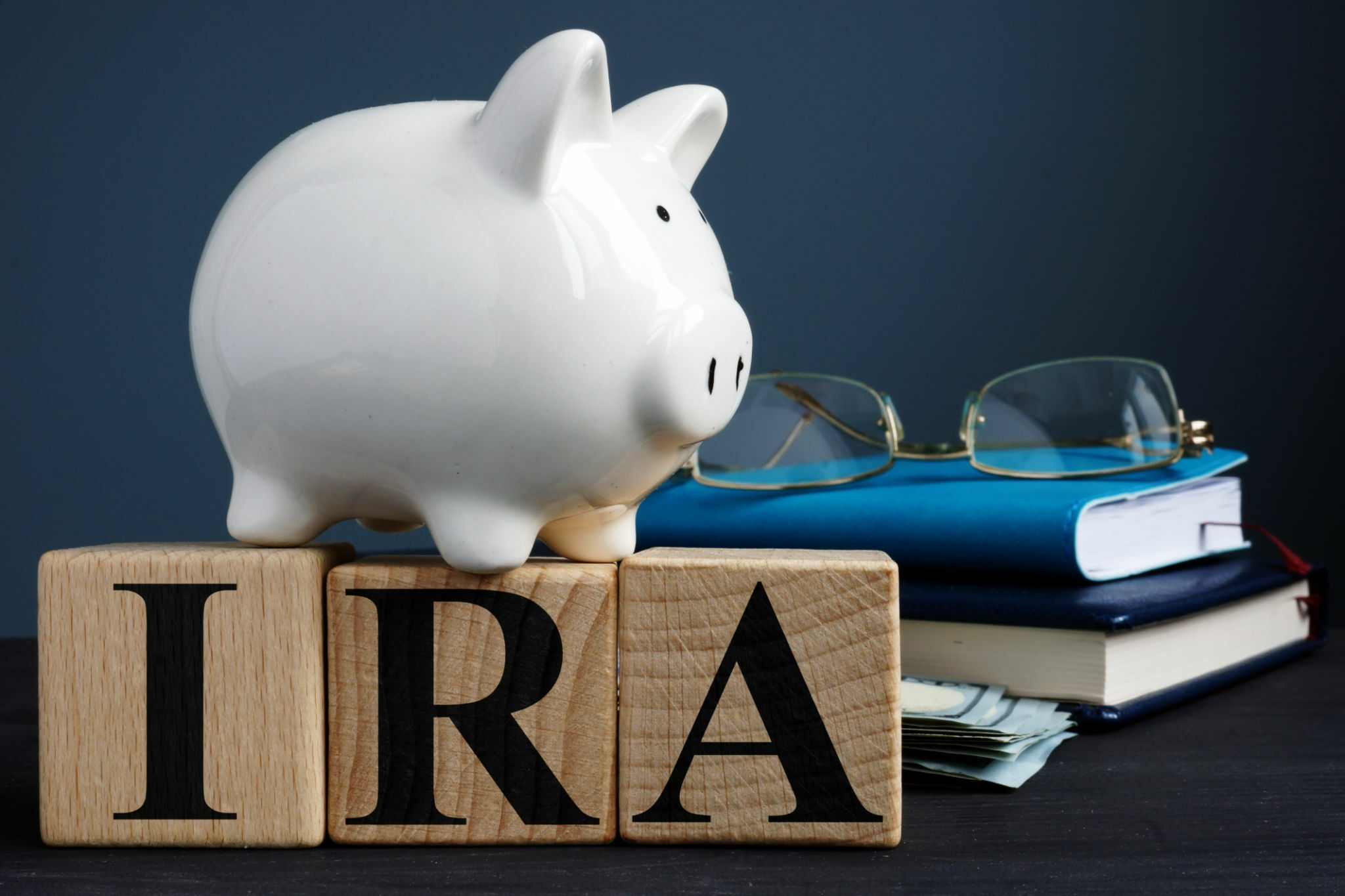
Planning for retirement can be both exciting and overwhelming. You’ve worked hard throughout your career, and now it’s time to envision your golden years. But where do you start? That’s where your retirement 401k comes in.
In this guide, we’ll walk you through the process of planning for retirement based on your age. Whether you’re in your 20s, 30s, 40s, or beyond, we’ll provide you with the necessary steps to optimize your retirement savings.
With expert advice and practical tips, you’ll learn how to leverage your 401k to its full potential. From understanding the best investment options to maximizing employer contributions, we’ve got you covered.
So, why is this guide a must-read? We combine extensive research with actionable strategies to help you make informed decisions for your future. Take control of your retirement savings, and discover the peace of mind and financial security you deserve.
Start planning for your golden years today. Let’s navigate the world of retirement 401k together.
Understanding 401k Retirement Accounts

When it comes to retirement planning, understanding the basics of a 401k retirement account is crucial. A 401k is a tax-advantaged investment account offered by employers to help employees save for retirement. Contributions to the account are made on a pre-tax basis, which means that the money you contribute isn’t taxed until you withdraw it.
One of the key advantages of a 401k is the potential for employer matching contributions. Many employers offer to match a portion of the employee’s contributions, effectively doubling their savings. It’s important to take full advantage of this benefit, as it can significantly boost your retirement savings over time.
Another important aspect of 401k accounts is the ability to choose from a variety of investment options. These options can range from low-risk bonds to higher-risk stocks and mutual funds. Understanding your risk tolerance and long-term financial goals will help you make informed decisions about where to invest your 401k funds.
To make the most of your 401k, it’s essential to regularly review and adjust your investment strategy. As you approach retirement age, you may want to consider shifting your investments to more conservative options to protect your savings from market volatility.
The Importance of Starting Early

When it comes to retirement planning, time is your greatest ally. Starting early allows you to take advantage of the power of compounding, which is the ability for your investments to generate earnings that are reinvested and earn even more earnings over time.
For example, let’s say you start investing $500 per month in your 401k at age 25. Assuming an average annual return of 7%, by the time you reach age 65, your investment would have grown to over $1.1 million. On the other hand, if you wait until age 35 to start investing the same amount, your investment would only grow to around $550,000 by age 65.
The difference in savings between starting early and waiting is staggering. By starting early, you give your investments more time to grow and compound, resulting in a significantly larger nest egg for retirement.
In addition to the financial benefits, starting early also gives you the flexibility to take more risks with your investments. When you have a longer time horizon, you can afford to allocate a larger portion of your portfolio to stocks and other higher-risk investments. Over time, the potential for higher returns can outweigh the short-term volatility of the market.
So, if you haven’t started planning for retirement, don’t wait any longer. The earlier you start, the better off you’ll be in the long run.
Retirement Planning In Your 20s

Your 20s are a critical time for setting the foundation of your retirement savings. While retirement may seem like a distant goal, starting early will give you a significant advantage in the long run.
One of the first steps to retirement planning in your 20s is to establish a budget. By tracking your expenses and saving a portion of your income each month, you’ll be able to allocate funds towards your retirement savings. Aim to contribute as much as possible to your 401k, especially if your employer offers matching contributions.
Another important aspect of retirement planning in your 20s is managing debt. Paying off high-interest debts, such as credit card debt or student loans, should be a priority. By minimizing your debt burden, you’ll have more disposable income to invest in your retirement savings.
Investing in a diversified portfolio is also crucial in your 20s. While you have a longer time horizon, you can afford to take on more risk and invest in higher-growth assets such as stocks. Consider consulting with a financial advisor to help you develop an investment strategy that aligns with your long-term goals.
Lastly, don’t forget to regularly review and adjust your retirement plan as your circumstances change. Your 20s are a time of transition, and your financial goals may evolve over time. Stay proactive and make necessary adjustments to ensure you’re on track to meet your retirement objectives.
Retirement Planning In Your 30s
As you enter your 30s, your financial responsibilities may start to increase. You may be starting a family, purchasing a home, or advancing in your career. Despite these new obligations, it’s crucial to continue prioritizing your retirement savings.
One of the key considerations in your 30s is increasing your contributions to your 401k. Take advantage of any salary increases or bonuses to boost your savings rate. Aim to contribute at least 10-15% of your income towards your retirement accounts.
Another important aspect of retirement planning in your 30s is diversifying your investments. While stocks may still be a significant part of your portfolio, consider adding fixed-income investments such as bonds or treasury notes to provide stability and reduce risk.
In addition to your 401k, consider opening an individual retirement account (IRA). IRAs offer additional tax advantages and can be a valuable supplement to your 401k savings. Consult with a financial advisor to determine the best type of IRA for your situation.
Lastly, don’t neglect your emergency fund. Having a robust emergency fund will provide you with a safety net in case of unexpected expenses or job loss. Aim to save at least three to six months’ worth of living expenses in a separate, easily accessible account.
By following these steps, you’ll be well on your way to building a solid foundation for your retirement savings in your 30s.
Retirement Planning In Your 40s
In your 40s, retirement planning takes on a new level of urgency. With only a few decades left until retirement, it’s important to make the most of your savings and investment opportunities.
One of the key considerations in your 40s is reassessing your retirement goals. Take stock of your current financial situation and determine if you’re on track to meet your retirement objectives. If necessary, consider adjusting your savings rate or investment strategy to ensure you’re on the right path.
Another important aspect of retirement planning in your 40s is taking advantage of catch-up contributions. Once you turn 50, you’re eligible to contribute additional funds to your 401k and IRA accounts. These catch-up contributions can help accelerate your savings and make up for any lost time.
As you approach your 50s, it’s also crucial to start thinking about your retirement income sources. Consider the various options available, such as Social Security, pension plans, and other retirement accounts. Understanding how these sources will contribute to your retirement income will help you make informed decisions about your savings and investment strategy.
Lastly, don’t forget to review your estate planning documents. In your 40s, it’s important to have a will, power of attorney, and healthcare directive in place. These documents will ensure your wishes are carried out and that your loved ones are taken care of in the event of your passing.
Retirement Planning In Your 60s and Beyond

As you enter your 60s, retirement planning takes on a whole new meaning. You’re approaching the end of your working years, and it’s time to make the final preparations for your golden years.
One of the key considerations in your 60s is finalizing your retirement income strategy. Evaluate your various income sources, such as Social Security, pension plans, and retirement accounts, to determine how they will support your lifestyle in retirement. Consider consulting with a financial advisor to ensure you’re maximizing your income potential.
Another important aspect of retirement planning in your 60s is managing your healthcare costs. As you age, healthcare expenses tend to increase. Explore your options for Medicare and supplemental insurance to ensure you have adequate coverage for your medical needs.
In addition to healthcare, consider your long-term care needs. Long-term care insurance can help cover the costs of assisted living or nursing home care in the future. Evaluate your options and determine if long-term care insurance is right for you.
Lastly, don’t forget to update your estate planning documents. Ensure that your will, power of attorney, and healthcare directive reflect your current wishes. Review your beneficiaries and make any necessary changes to ensure your assets are distributed according to your wishes.
Maximizing Your 401k Contributions

When it comes to maximizing your 401k contributions, there are several strategies you can employ to make the most of your retirement savings.
First and foremost, contribute as much as possible to your 401k. Aim to contribute at least enough to take full advantage of your employer’s matching contributions. If your employer matches a percentage of your contributions, make sure you’re contributing enough to receive the maximum match.
Another strategy to consider is increasing your contributions over time. As your income grows, allocate a portion of your raises or bonuses towards your retirement savings. By gradually increasing your contributions, you’ll be able to boost your savings without feeling a significant impact on your take-home pay.
Additionally, consider making catch-up contributions if you’re age 50 or older. Once you reach this milestone, you’re eligible to contribute additional funds to your 401k. Take advantage of this opportunity to accelerate your savings and make up for any lost time.
Diversifying your investments is another key strategy for maximizing your 401k contributions. While stocks may offer the potential for higher returns, consider adding other asset classes such as bonds or real estate investment trusts (REITs) to your portfolio. Diversification can help reduce risk and provide a more balanced approach to your investments.
Lastly, regularly review and adjust your investment strategy. Market conditions and personal circumstances can change over time, so it’s important to ensure your portfolio continues to align with your long-term goals. Consult with a financial advisor to help you make informed decisions about your investment strategy.
Conclusion
Planning for retirement can be a complex and overwhelming process, but it’s essential to take control of your financial future.
By understanding the basics of a 401k retirement account, starting early, and making strategic decisions based on your age, you can optimize your retirement savings.
Remember to regularly review and adjust your retirement plan as your circumstances change. Consider consulting with a financial advisor to ensure you’re on track to meet your retirement goals.
Take advantage of the power of compounding by starting early and contributing as much as possible to your 401k. Maximize your employer’s matching contributions and consider making catch-up contributions if you’re age 50 or older.
Diversify your investments to reduce risk and align with your long-term goals. Regularly review your investment strategy and adjust as necessary.
By following these steps, you can navigate the world of retirement 401k and set yourself up for a comfortable and secure future. Start planning for your golden years today and enjoy the peace of mind that comes with knowing you’re prepared for retirement.




